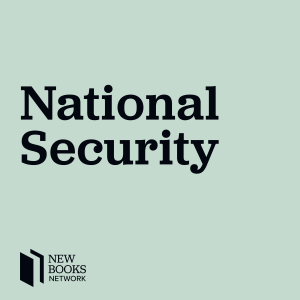
New Books in National Security
Science:Social Sciences

A Discussion with Kelly McFall about Using "Reacting to the Past" in College Courses
 2020-04-13
2020-04-13
Download
Right click and do "save link as"
How best to teach history and, for that matter any social science subject, to college students? The traditional answer has been to lecture them. Given that the typical length of an attentive lecture-listener is about 15 minutes, this might not be the best way to get the job done.
Beginning in the late 1990s, a group of professors offered another technique now called "Reacting to the Past." You can read all about it here. Essentially, the "Reacting" technique asks students to play the roles of historical actors and to re-enact particular events and situations. The instructors using the method have had great success.
Today I talked to Kelly McFall, a "Reacting" practitioner, about the techniques and his experience using it. McFall created a "Reacting" module called The Needs of Others: Human Rights, International Organizations, and Intervention in Rwanda, 1994 (W. W. Norton, 2018). In the interview, McFall talks about how the particular modules are created, how they are used in the classroom, and how any college teacher can become involved in creating new modules.
Here are some resources for those interested in using "Reacting" series and getting involved in creating new modules.
--The "Reacting to the Past" website is here.
--The publisher's (W. W. Norton) website on the "Reacting to the Past" series is here.
--The "Reacting to the Past" Facebook group is here.
Marshall Poe is the editor of the New Books Network. He can be reached at marshallpoe@newbooksnetwork.com
Learn more about your ad choices. Visit megaphone.fm/adchoices
view more
More Episodes
012345678910111213141516171819
Create your
podcast in
minutes
- Full-featured podcast site
- Unlimited storage and bandwidth
- Comprehensive podcast stats
- Distribute to Apple Podcasts, Spotify, and more
- Make money with your podcast
It is Free
- Privacy Policy
- Cookie Policy
- Terms of Use
- Consent Preferences
- Copyright © 2015-2024 Podbean.com





